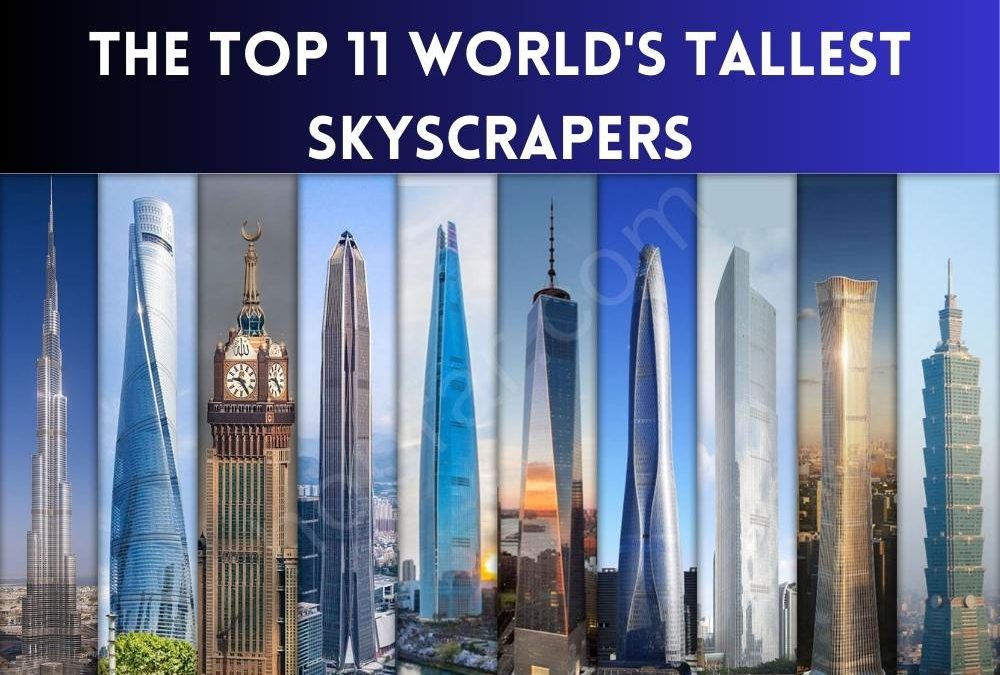Mankind’s love for ascending in height stems from the distant past. From the rich spires of old-world cathedrals to the supermodern architectural structures of today, skyscrapers symbolize aspirations, innovation, and progress. We are going to climb up the elevator shaft and discover the top 11 tallest buildings in the world with interesting construction backgrounds.
- Burj Khalifa, Dubai (828 meters)
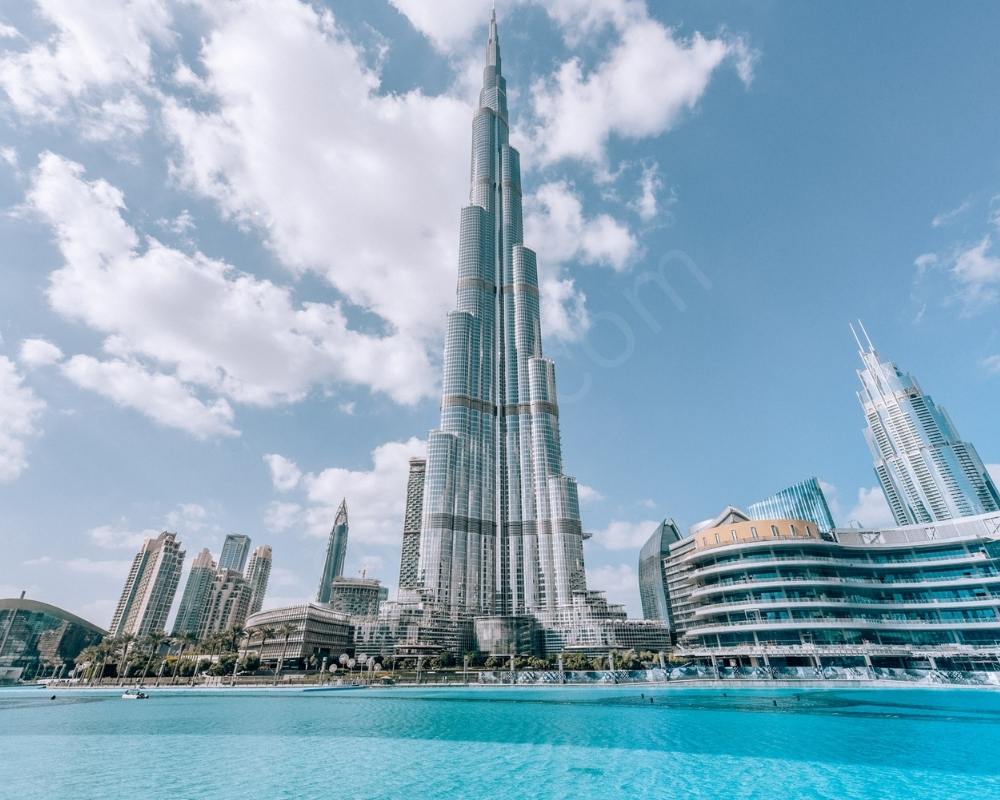
The absolute boss of the buildings is the Burj Khalifa, revealed in 2010. This architectural wonder in Dubai boasts an amazing 163 floors and holds various records, including the tallest building, single floor structure, and highest outdoor observation deck. The construction started in 2004, and the concrete core was raised at the average rate of one floor per three days. The project employed more than 33,000 workers and used enough concrete to build 20 Empire State Buildings!
- Merdeka 118, Kuala Lumpur (678.9 meters)

The newly finished Merdeka 118 in Kuala Lumpur (2022) is now the world’s second tallest building. The construction commenced in 2014 with the incorporation of such sustainable features as rainwater harvesting and double-skin facade in order to decrease energy consumption. The design, which imitates Islamic motifs including geometric patterns, is a tribute to the country’s roots.
- Shanghai Tower, Shanghai (632 meters)
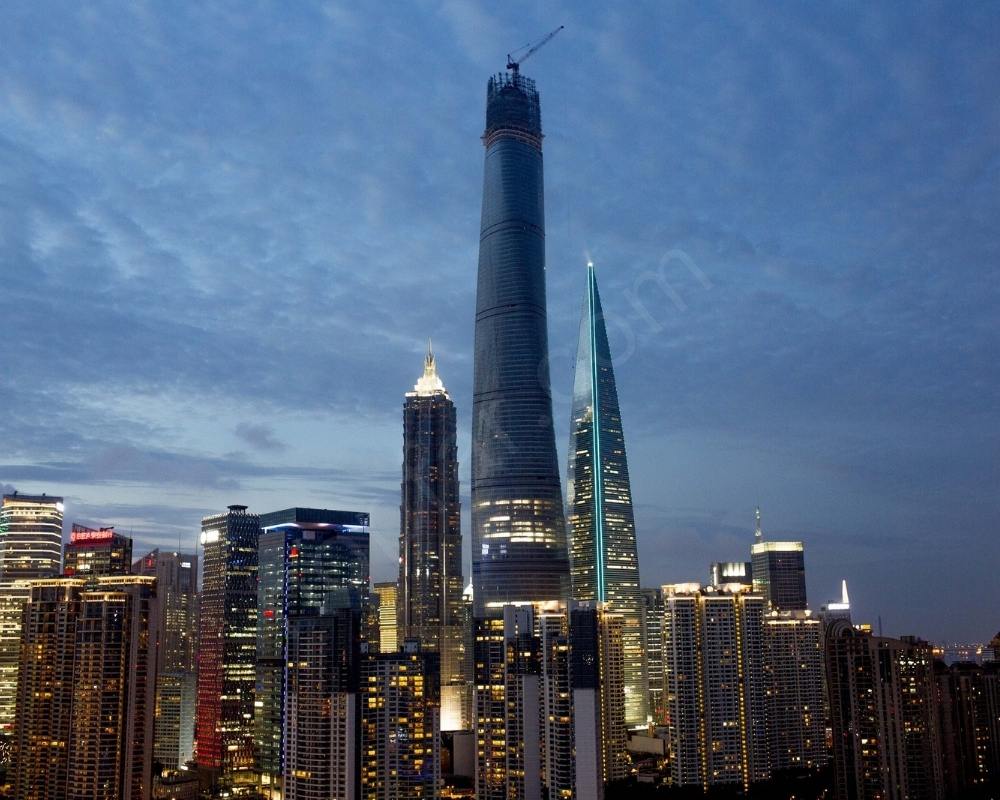
This twisted skyscraper (completed in 2015) in the Shanghai skyline is a perfect masterpiece of modern engineering. The clever, slanting construction means less wind resistance and more sights. Construction used new techniques of building a prefabricated wall of steel and concrete for faster erecting.
- Abraj Al-Bait Clock Tower, Mecca (601 meters)
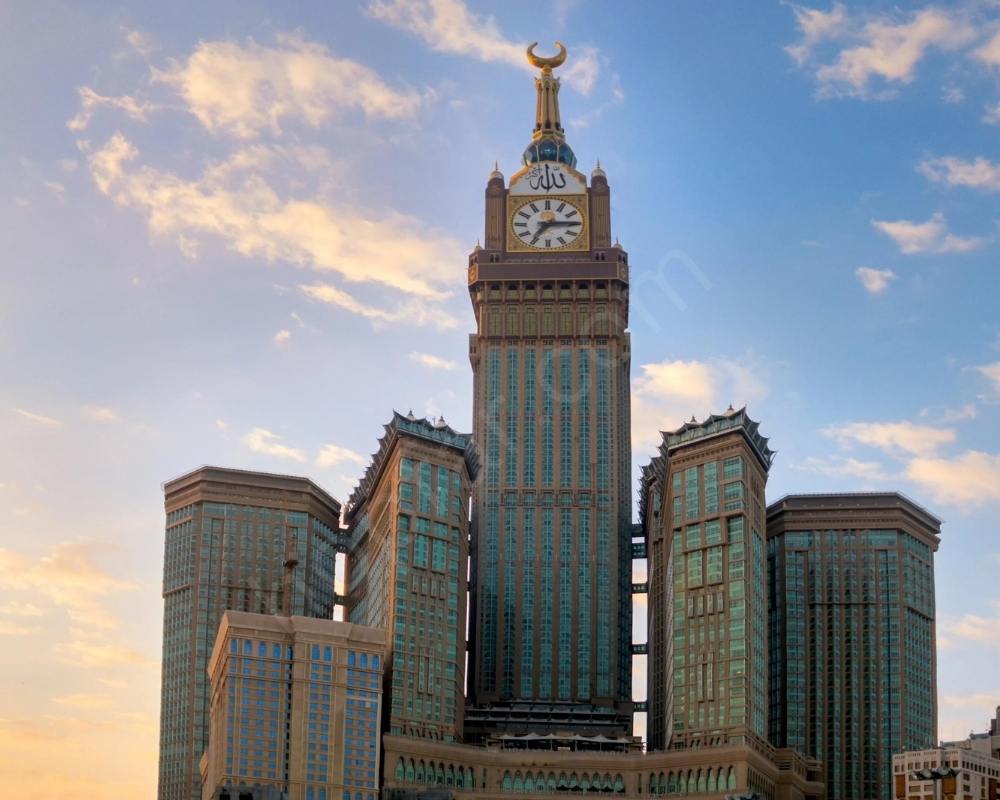
Standing next to the sacred place of Islam’s Kaaba, the Abraj Al-Bait Clock Tower (completed in 2012) is simply a glorious mix of religious meaning into modern architecture. The complex involves the world’s biggest clock face and a five-star hotel. According to the construction regulations, the holy site and its surroundings were respectfully built with many details and thoroughgoing commitment.
- Ping An Finance Centre, Shenzhen (599.1 meters)
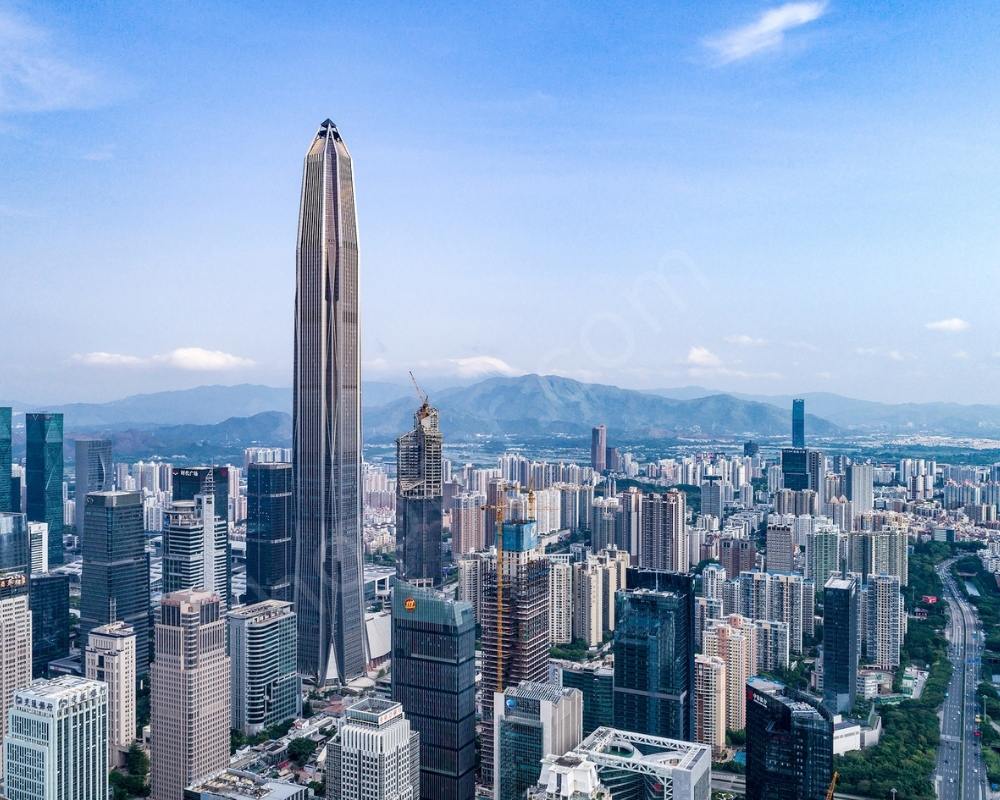
The Ping An Finance Centre in Shenzhen was completed in 2017 and it is a good example of this country’s booming architectural industry. The facade displays a sophisticated grid of diagonal trusses, making the design both visually stunning and functionally strong. Construction involved the use of high-strength concrete and modular steel components that helped it to attain its immense height.
- Lotte World Tower, Seoul (555.7 meters)
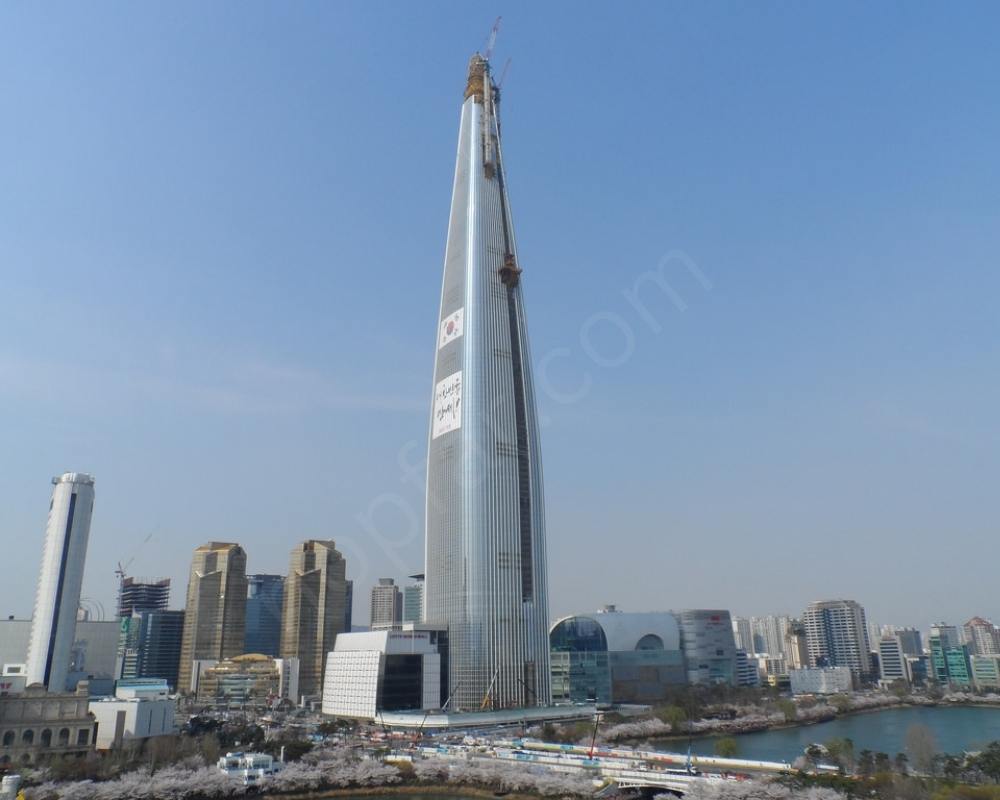
The Lotte World Tower, which is South Korea’s tallest building (completed in 2017), is a multifunctional complex that comprises offices, hotels, condominiums, and an aquarium. The design puts safety first, using a tuned mass damper to get rid of the wind energy and stop the excessive swaying. The construction process entailed careful planning to ensure the tower would not lean due to a soft soil foundation.
- One World Trade Center, New York City (541.3 meters)
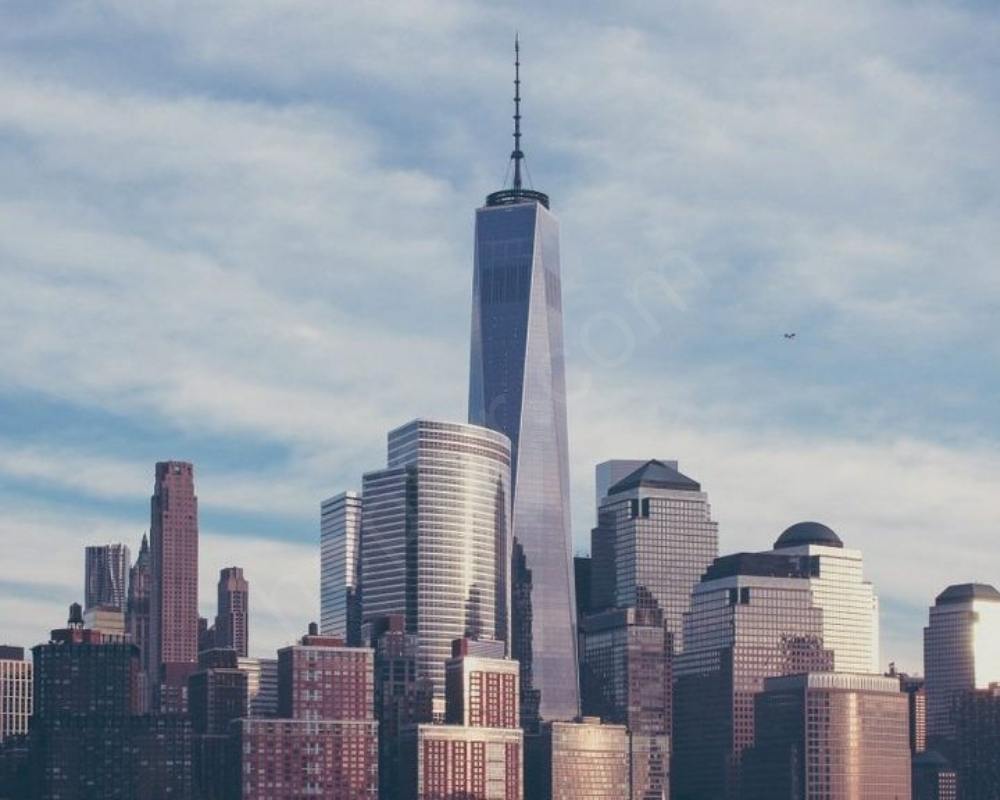
Standing bravely on the site of the former World Trade Center towers that were destroyed in 2001, One World Trade Center (completed in 2014) is a symbol of resilience and hope. The design not only repeats the elements of the old towers but also looks into the future. The construction team had to develop numerous engineering solutions in order to refurbish on a fragile ground which was also significant historically.
- Guangzhou CTF Finance Centre, Guangzhou (530 meters)
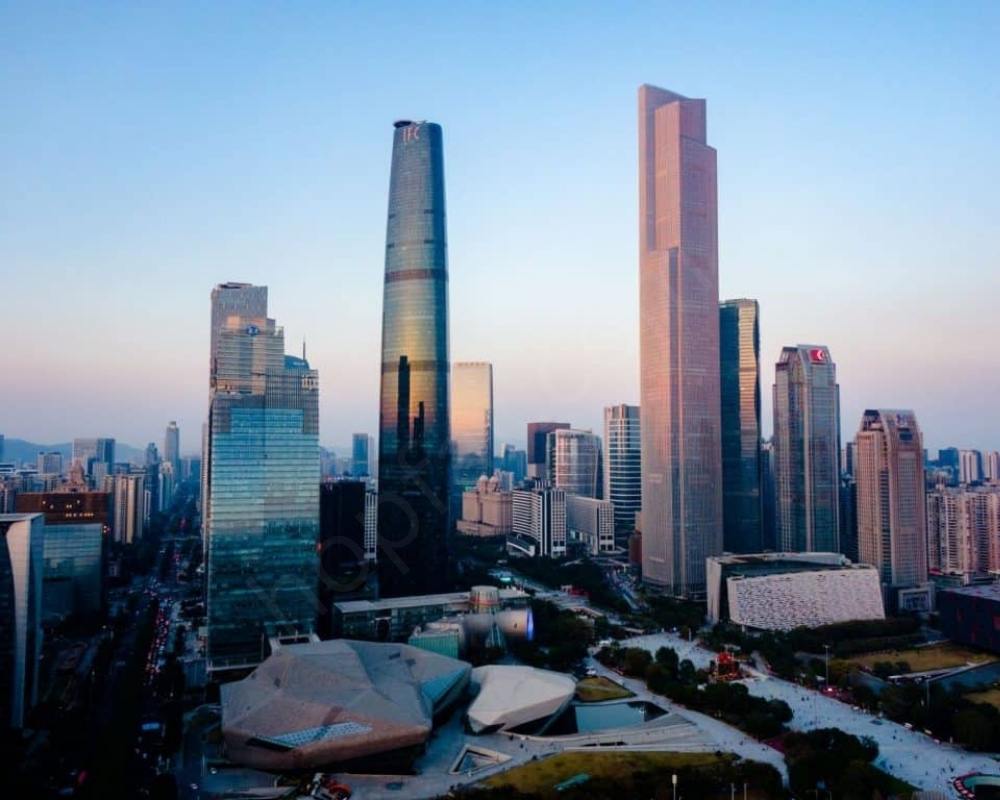
The Guangzhou CTF Finance Centre, one of the masterpieces of Chinese architecture, was completed in 2010. This three-lobed building was inspired by the nearby Pearl River Delta. The construction process evolved by using the latest type of building information modeling (BIM) software to guarantee the seamless cooperation among different construction groups.
- Tianjin CTF Finance Centre, Tianjin (530 meters)
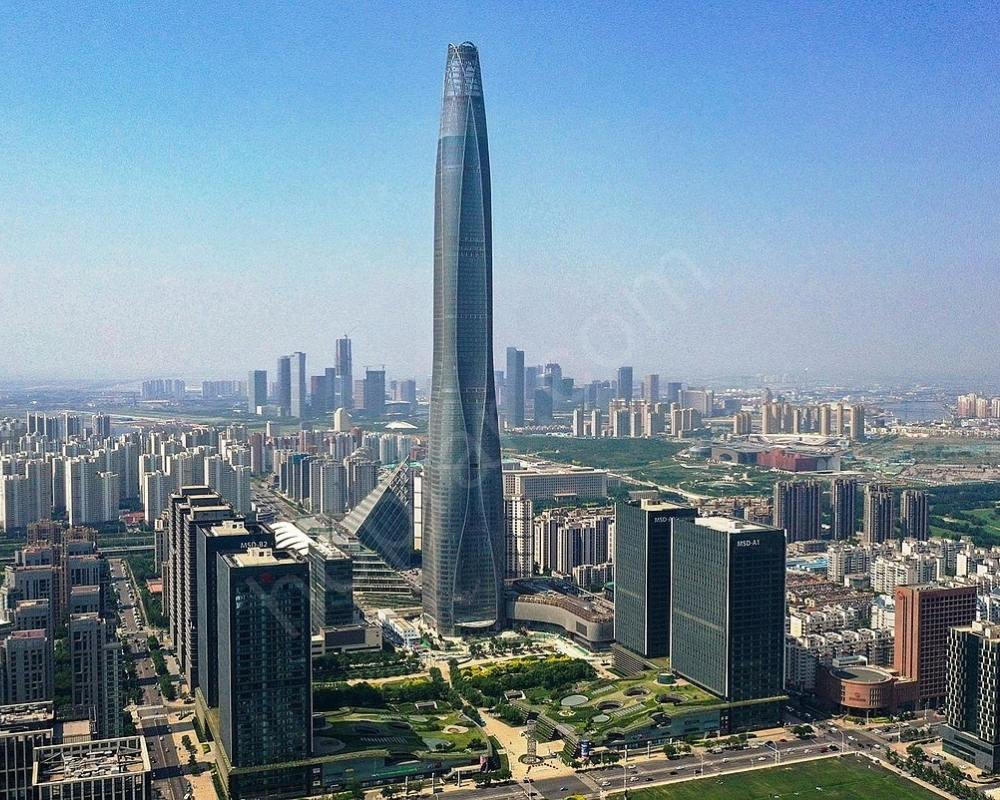
The Tianjin CTF Finance Centre like Guangzhou CTF Finance Centre has a three-lobed design but a different crown is the only difference between these two (completed in 2019). Building the second station provided an opportunity to apply the knowledge gained from the first, which led to a quicker completion.
- China Zun, Beijing (528 meters)
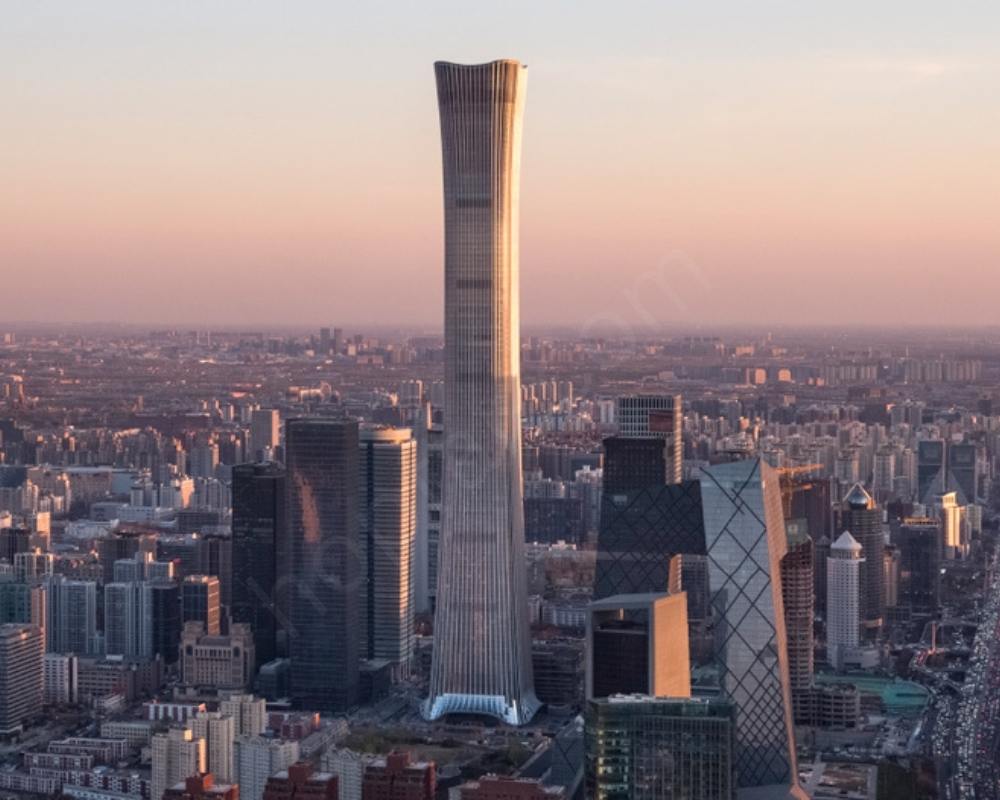
This building, which has been nicknamed “The China Zun” for its similarity to a Chinese imperial crown ornament, blends traditional Chinese features with the latest in skyscraper design (completed in 2018). The construction process entailed a complex steel diagrid structure that served as both a design element and as a structural support.
- Taipei 101, Taipei (509.2 meters)
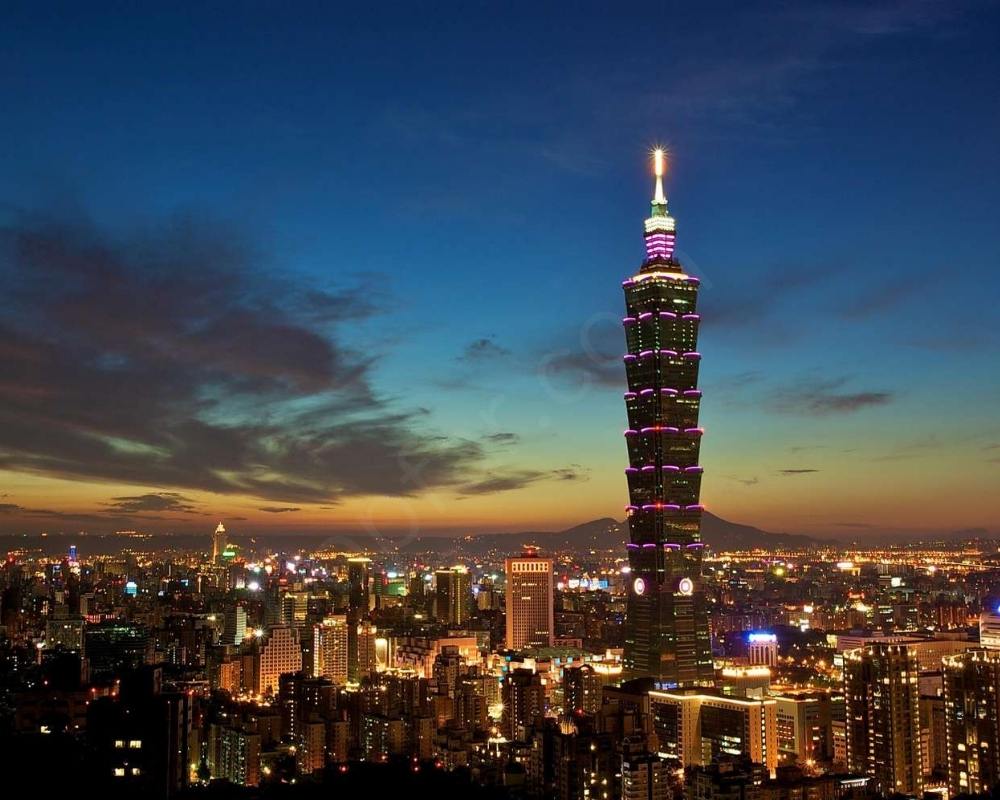
Taipei 101, the world’s tallest building at the time of its completion in 2004, stands for Taiwan’s leading position in technology and cultural sophistication. The design uses the shape of the traditional pagoda as a symbol of respect for the country’s history. The construction used a tuned mass damper, a giant pendulum that helps the tower to sway gently in strong winds, an important factor in Taiwan where typhoons frequently occur.
These super high buildings are not just engineering marvels; they are monuments to human achievement, creativity, and our urge to explore the limits of what can be done. As technology and design keep improving, the future of skyscrapers will be awe-inspiring with unimaginably tall buildings that reach even higher into the sky.

